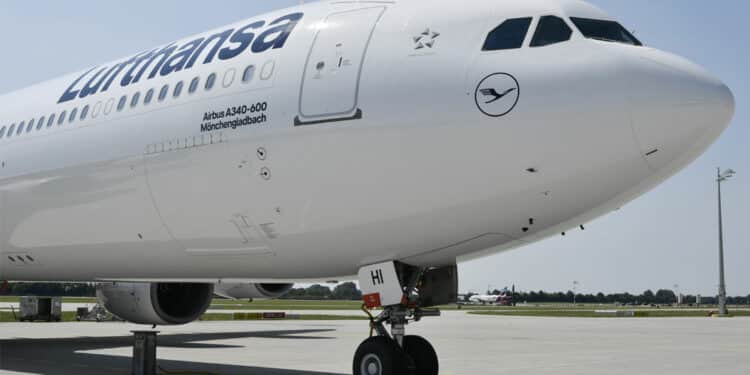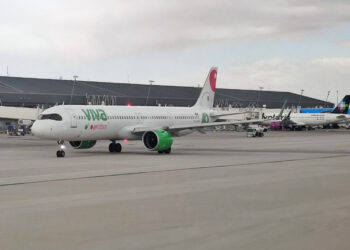Lufthansa has been planning the simplification of its long-haul fleet for some time now, and had sounded the death knell for its four-engine aircraft operations as soon as the health crisis hit. The reality of the supply chain has forced the group to revise its plans, but the main principles remain: the number of long-haul sub-fleets is to be reduced, and the A340s are to make way for twin-engine aircraft. At its Investor Day, the Group was able to present its timetable to 2030, adjusting its plans to the latest delivery information it has obtained from Boeing and Airbus. The simplification will be implemented rapidly, since six aircraft types will have left the fleet by 2028.
The Lufthansa Group plans to retire all its A330-200s, A340-600s and 767-300ERs (Austrian) as early as next year. A340-300s and 747-400s will retire in 2027, followed by 777-200ERs (Austrian) in 2028. By 2030, the Group’s fleet will comprise just nine aircraft types, compared with thirteen today – two new types will be introduced in the meantime, the A350-1000 and the 777-9.
Only one uncertainty remains: the future of the A380 (eight aircraft, based in Munich) has yet to be determined.
The aim is to reduce maintenance costs, operate a younger, more reliable fleet to reduce the number of aircraft in reserve and increase productivity, and harmonize products between the group’s different airlines to increase flexibility. Lufthansa acknowledges that there may be competition between its hubs for new aircraft.
In all, the Group plans to receive 230 new-generation aircraft by the end of the decade, including 90 wide-bodies. These include twenty 777-9s, fifteen A350-1000s, 22 A350-900s and 33 787-9s. With their delivery, and despite the retirement of older aircraft, the number of long-haul aircraft will increase by 20% – while single-aisle deliveries will be purely replacement, the increase in capacity being driven by the introduction of larger aircraft.
Lufthansa points out that it is behind schedule with its modernization project due to delivery problems with aircraft manufacturers. It has had to keep 33 aircraft in service that should have been withdrawn, and fifty new-generation aircraft are still missing. At present, the Group’s fleet comprises 23% new-generation aircraft, compared with the 44% initially planned. But deliveries are set to accelerate, and the rate should reach 65% by 2030.





